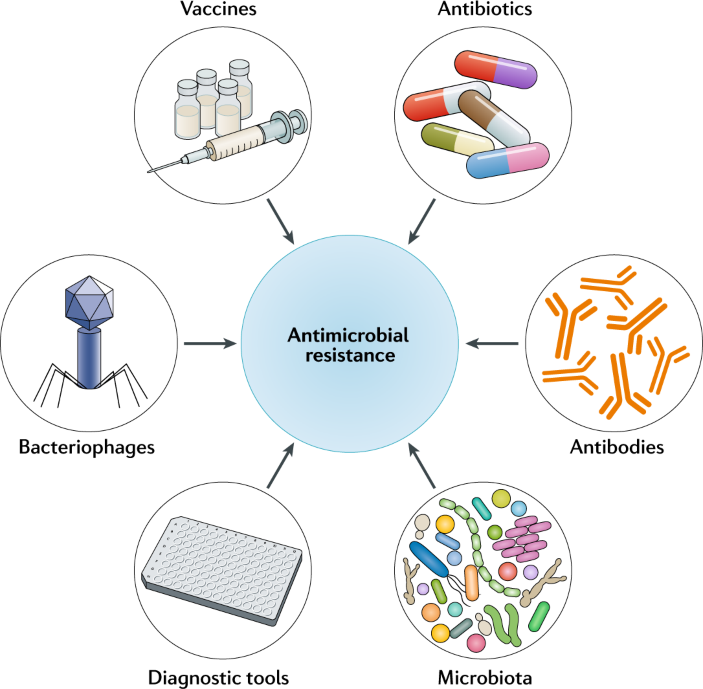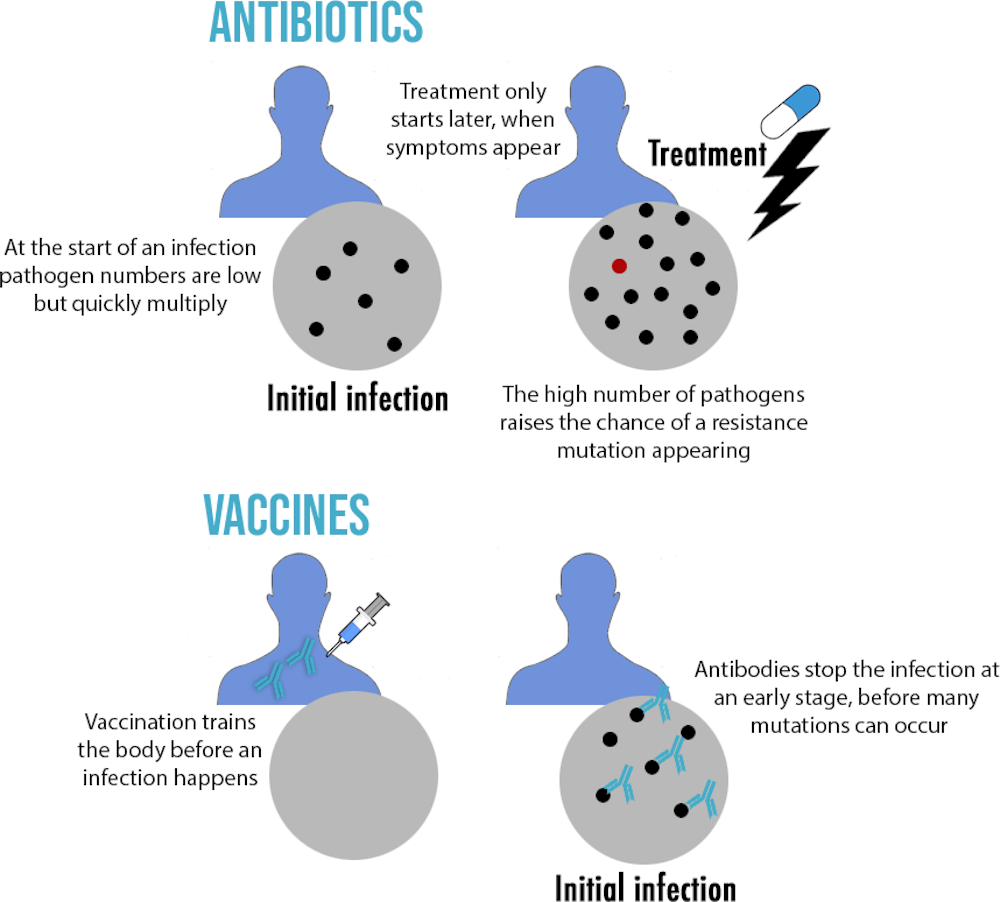Scientists add some bizarre things to vaccines such as aluminium and extracts from shark livers. The Td vaccine protects against tetanus and diphtheria.

The Role Of Vaccines In Combatting Antimicrobial Resistance Nature Reviews Microbiology
A COVID-19 vaccine may cause side effects similar to signs and symptoms of COVID-19.

Do vaccines have antibiotics in them. Many vaccines simply dont work without them. And antibiotics are based on defenses that evolved in microbes to protect them. For example antibiotics are used in some production methods for.
In fact no allergic reaction to a vaccine has ever been traced back to antibiotics. These small quantities of antibiotics have never been clearly found to cause severe allergic reactions. This invasion called an infection is what causes illness.
Antibiotics are chemical agents that are used to treat bacterial infections. A full list of any vaccines ingredients is available on the electronic medicines compendium emc website. Widespread vaccination has greatly decreased the serious consequences of these diseases.
However antibiotics which commonly cause allergic reactions such as penicillins cephalosporins and sulphonamides are not used in vaccines. Some people have no side effects. Antibiotics can only be found in tiny amounts in the final vaccine.
Antibiotics are added to some vaccines to prevent the growth of bacteria during the production and storage of the vaccine. Antibiotics are used in the production of vaccines against some viruses to prevent bacterial contamination. When germs such as bacteria or viruses invade the body they attack and multiply.
To understand how vaccines work it helps to first look at how the body fights illness. Its very important to realize that we do not need to give antibiotics to patients who are isolated with COVID-19 in their homes because they have mild disease. Antibiotics are used during the manufacturing process of some vaccines to stop bacteria growing and contaminating the vaccine.
Vaccines contain weakened or inactive parts of a particular organism antigen that triggers an immune response within the body. The Immune SystemThe Bodys Defense Against Infection. Only minute quantities remain in vaccines see table below.
7 rows Residual antibiotics. Antibiotics used during vaccine manufacture include neomycin polymyxin B streptomycin and gentamicin. Address the second reason to consider vaccines in combating AMR showing that the antibiotics pipeline is quite limited.
For example by greatly reducing the incidence of pneumonia caused by Streptococcus pneumoniae vaccine programs have greatly reduced the prevalence of infections resistant to penicillin or other first-line antibiotics. Theres quite a lot of hyperventilating about antibiotics in vaccines. Routine vaccines are recommended.
The most commonly used antibiotics. Newer vaccines contain the blueprint for producing antigens rather than the antigen itself. They have no action on viral infections such as flu or.
Most side effects go away in a few days. Some antibiotics such as penicillin can produce hypersensitivity reactions but such antibiotics are not used in vaccine. Side effects after the second dose might be more intense.
Only a few new antibiotics have been licensed during the last 40 y and no antibiotic employing a novel mechanism against Gram-negative bacteria has been introduced in that time frame. Vaccines also help prevent the development of antibiotic resistance. If they do they will often be present in trace amounts.
Baker et al. The immune system uses several tools to fight infection. Vaccine manufacturers only use antibiotics that are far less likely to provoke a reaction and because antibiotics are only used during production they are reduced to trace or undetectable amounts in the final product.
However many of the items listed do not actually remain in the finished vaccine. The surprising ingredients found in vaccines. Antibiotics are used to treat severe infection whereas vaccines prevent infections from ever becoming established.
Some antibiotics used in vaccine production are present in the vaccine either in very small amounts or they are undetectable. Youll likely be monitored for 15 minutes after getting a COVID-19 vaccine to see if you have an immediate reaction. No antibiotics are not the same as vaccines.
How vaccines help. In contrast vaccinesthanks to many revolutionary technologiesare. To prevent contamination by bacteria during.
One of the reasons that vaccine resistance is less of a problem than antibiotic resistance Read and Kennedy posit is that antibiotics tend to be given after an infection has already taken hold when the pathogen population inside the host is already large and genetically diverse and might include mutants that can resist the drugs effects.